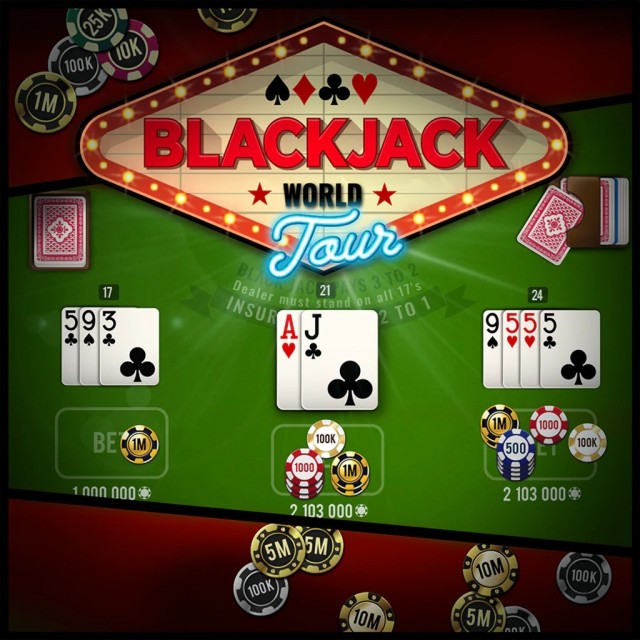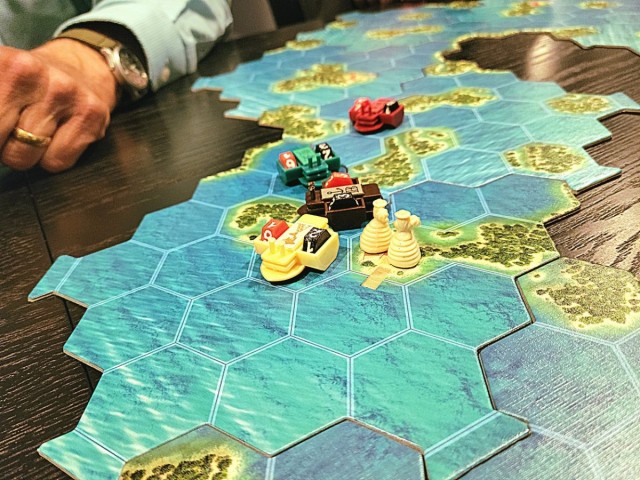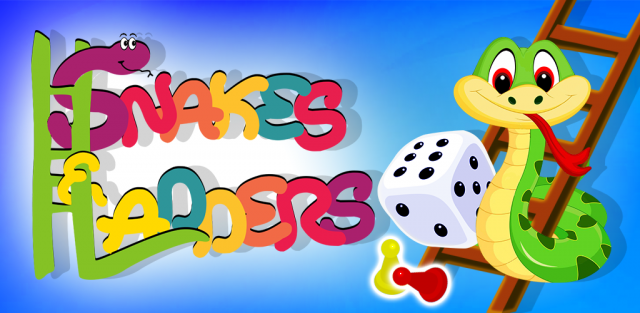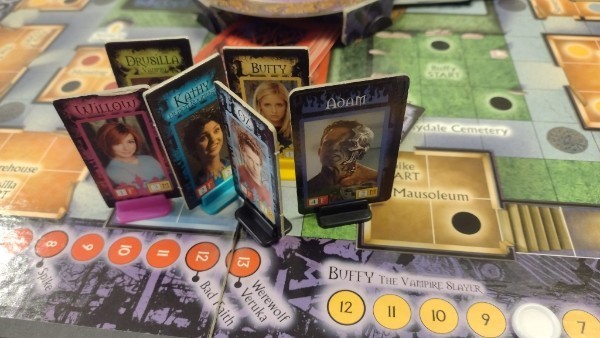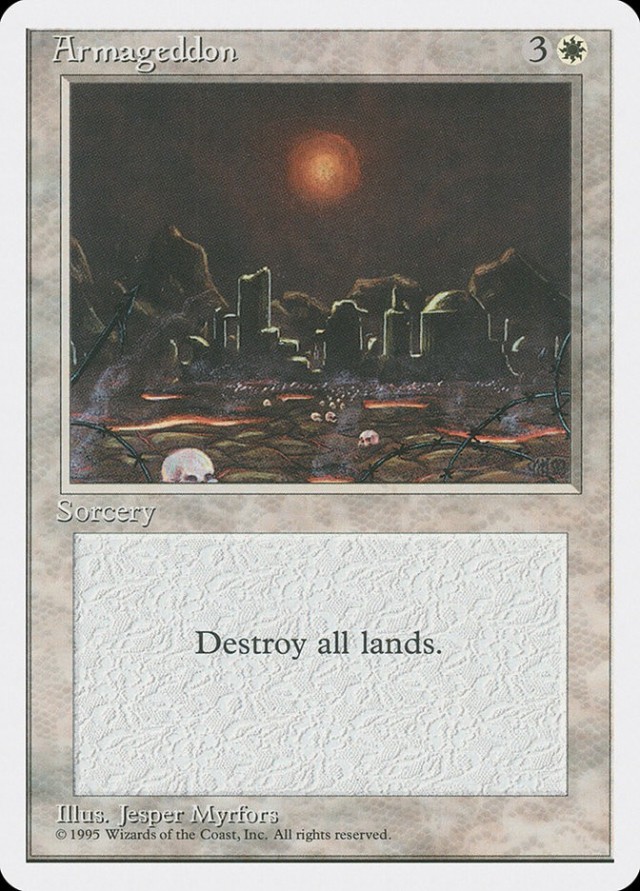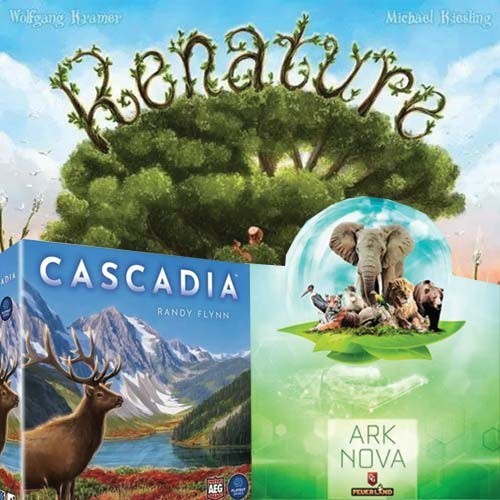I go to a college game club during the academic year. Recently a couple of the college students have designed their own games and brought them to playtest at the club. One of these is the past president, now a graduate student, who’s been working on games for several years and so it wasn’t surprising. His game that’s a combination of deck building and lots of dice rolling is quite popular. The other is more of a surprise, a 19-year-old woman who had not seemed very serious about games, who’s full of life and enthusiasm about all kinds of things, yet who buckled down and designed games.
The first game she brought in was pretty typical of a first game when somebody is starting to design. She had not actually played it herself before bringing it in, which is always a big mistake. It used roll and move mechanics (yuck) and had sufficient problems that the members of the club were able to dissect it and show that it was both highly random and virtually unplayable, before anyone had actually played it for long.
She took the lesson to heart about playing solo first, and the next game she brought in worked pretty well and has now been played a lot at the club. She’s put a lot of effort into making the cards, with lots of individual (often amusing) art. When people are designing games for the first time the games are often derivative of others, and I don’t know whether she realizes it but her game is derivative of some of my games that I’ve brought in that are often played by the members of the club. These games are “screwage” games using cards and occasionally other bits such as dice or character markers. (Sometimes these are called “beer and pretzel games”.) Her game also appeared to be of this type, using cards alone.
In screwage games such as Bang! there is not a lot of strategy and the major activity is messing with the other players, who we hope are your friends. They tend to be fairly short and easily played by widely varying numbers of players. While Bang! has player elimination my games do not. Screwage games have themes like the Wild West, the zombie apocalypse, pirates, kung fu, ninjas, and so forth.
So a screwage game with her theme, sheep herding, is quite different. I won’t repeat the title because it’s clever but at the same time a title that probably cannot be used for a commercial product for copyright reasons. The one surprise about her game, to me, was that sheep dogs didn't have much to do with it! It's especially surprising because she really likes dogs.
While her game appeared to be a screwage game, once I played it (a great rarity, me actually playing someone else’s game), it became apparent that it’s a “take that” game rather than a screwage game. The difference is how strongly one card can affect the game situation. “Take that” cards change the game drastically (which, of course, makes it feel more random as well).
While I had very little to do with it, I was proud of her for putting so much effort into her game, and occasionally I’d try to advise her about the commercial prospects of it. I particularly tried to find ways to reduce the “take that” nature of the game. But I realized finally that she isn’t interested in commercial publication, she just wants a game that she can play with friends, and sell to like-minded people at a category of (non-game) conventions that she attends. (Our past president, on the other hand, is definitely interested in commercial publication, and is making the nearly 700 mile trek to GenCon this summer to learn more.)
If you just want a game that satisfies you, and that you can get people to play to your satisfaction, then you're in fine shape. Unfortunately, a game that's personally satisfying isn't necessarily commercially viable.
And it gets worse: a game that plays very well for its intended audience, might not be one that can easily be marketed. Two different things. That's why some games that are essentially abstract, nonetheless have tacked-on atmospheres, so that the atmosphere can help sell the game even though it has nothing to do with how the game is played.
Fortunately, people who want "personally satisfying" games can still produce a good physical product through POD (print on demand). The most well-known of these that cater to individuals rather than small companies is thegamecrafter.com, who have been doing this for more than three years. If you can produce the necessary PDFs, they can make your game available, with no costs up front to you. Naturally it's more expensive than mass production, but it's a viable alternative. Have a look at the Web site, where they have a calculator that shows how much it will cost to produce your game.
And next month when the club starts to meet again we'll find out whether the sheep herding game has gone that route.
- Member Blogs
- Commercially viable game designs versus personally satisfying designs
Commercially viable game designs versus personally satisfying designs
Hot
L
lewpuls
Updated
3182
0
There Will Be Games

Discuss this article
Log in to comment Games
Games How to resolve AdBlock issue?
How to resolve AdBlock issue? 